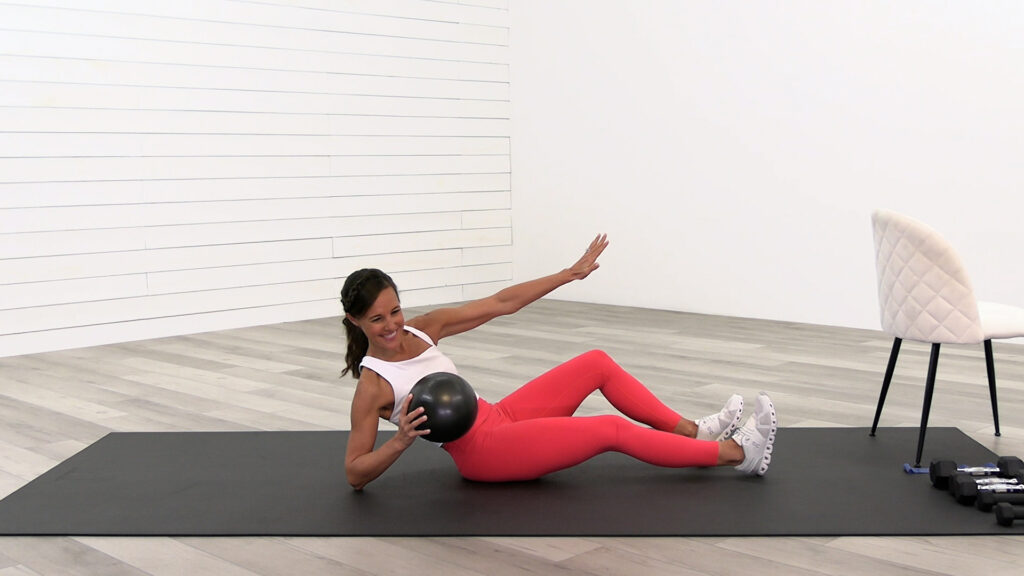
Lindsay Brin, Exercise Science
Inflammation is a vital part of the body’s immune response, but it can become chronic and detrimental when driven by poor nutrition, stress, lack of exercise or too much exercise.
Chronic inflammation also happens when you ‘seek the sore’, do too much muscle confusion and/or don’t get in your daily steps.
When you exercise, more specifically, strength train, inflammation is a natural response of the body. Here’s what happens:
Problems occur when a training schedule is not properly managed, inflammation can become chronic leading to a host of problems that can impede progress and negatively impact overall health. When this happens, you hit plateaus and stop seeing results.
Recovery is a critical component of any strength training program. During recovery periods, the body repairs and strengthens muscles, replenishes energy stores, and adapts to the stress of training. Without adequate recovery, you won’t see the benefits!
When muscles are not given enough time to recover (roughly 48 hours), the inflammation that occurs as part of the natural repair process can become chronic. This chronic inflammation can lead to persistent fatigue, decreased performance, and an increased risk of injuries.
The perfect example – squats.
I see this scenario often: do a full body strength workout on Monday and on Tuesday do a HIIT workout with plyometrics and squats. While you might see temporary results upfront, the Tuesday workout just disrupted the recovery process from Monday’s workout, specifically for the lower body. This leads to chronic inflammation – the opposite of your exercise goals!
Instead we should either…
Do strength workouts every other day
or
Do muscle splits where different muscle groups are worked on consecutive days.
In our Weekly Schedule we do intentional exercises for each muscle group. You won’t find multiple squats and lunges, instead we do hip hinges or glute push-ups for the glutes. We do hack squats and elevated heels for the thighs. These muscle splits give proper recovery before training again.
Muscle confusion is a term you hear in the fitness industry. It is beneficial, but too much isn’t a good thing. It’s a strategy used in strength training that involves frequently changing exercises or the type of resistance used to prevent the body from adapting and hitting a plateau.
Continuously challenging muscles with new movements can place undue stress on the musculoskeletal system leading to micro-tears and inflammation that don’t have time to heal properly. Constantly changing exercises can prevent muscles from adequately recovering leading to persistent soreness and inflammation.
The central nervous system (CNS) also needs time to adapt and recover. Constantly varying exercises can lead to CNS fatigue which can impact overall performance. While muscles can fully recover from a single session of exercise given the proper rest, the nervous system may still be dealing with cumulative stress.
The answer? Less is more. For our programs, we use undulating periodization.
So many of us seek the sore! But, too much soreness isn’t a good thing. When you start a program, it’s normal and natural to have soreness. That soreness shouldn’t necessarily be a continual thing.
When you’re sore, particularly from a previous workout, it’s usually due to muscle inflammation and micro-tears. Strength training while sore can have several potential downsides:
Should I work out when sore? I recommend you walk, walk, and walk. This low-intensity cardio promotes blood flow and aids recovery while getting rid of metabolic waste.
Proper hydration. Good quality sleep. Good nutrition with antioxidants.
I will say this a little louder for the people in the back. Walking is a game changer when it comes to inflammation!
Regular zone 2 cardio e.g. walking, has been shown to have anti-inflammatory effects by modulating the immune system and reducing levels of inflammatory markers. Zone 2 is cardio that doesn’t spike your heart rate.
Walking helps in ridding the body of metabolic waste through several physiological processes.
Inflammation is a natural part of the strength training process signaling that the body is repairing and adapting to the stress of exercise. However, excessive muscle confusion, insufficient recovery, and training without rest days can lead to chronic inflammation hindering progress and increasing the risk of injury. By prioritizing recovery, adding walking and good nutrition, you will see optimal results and long-term health benefits.